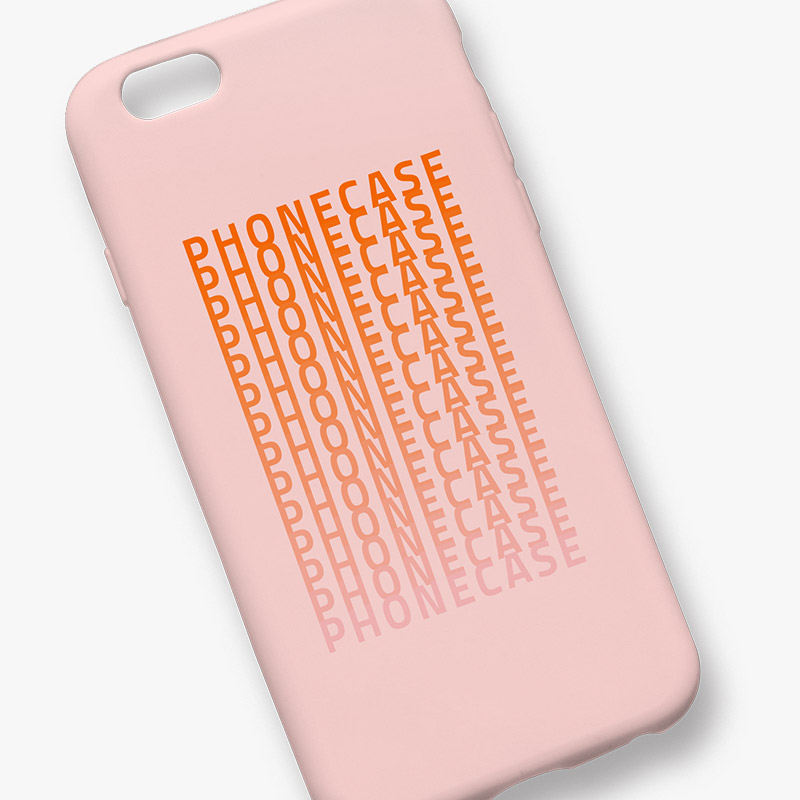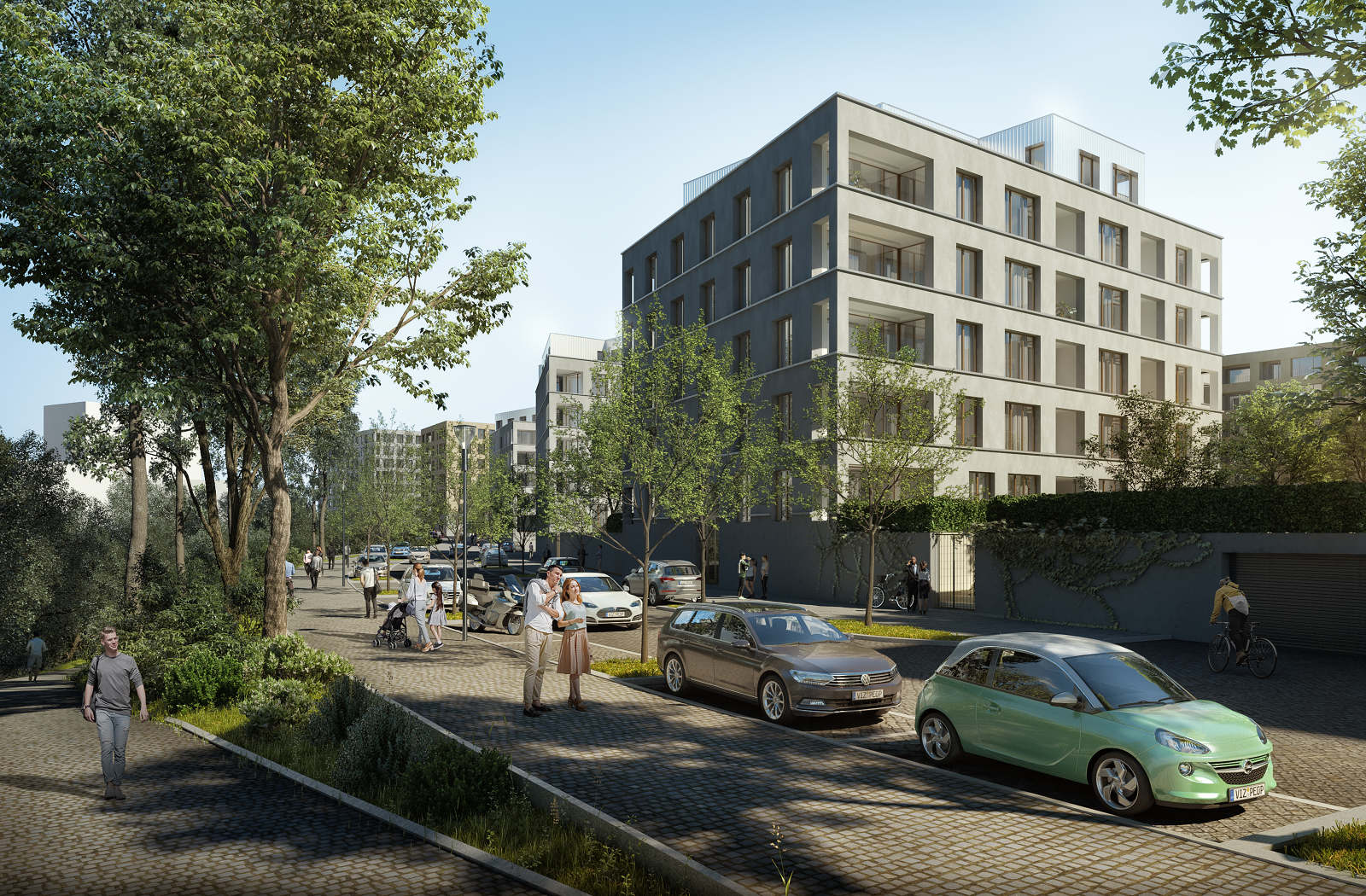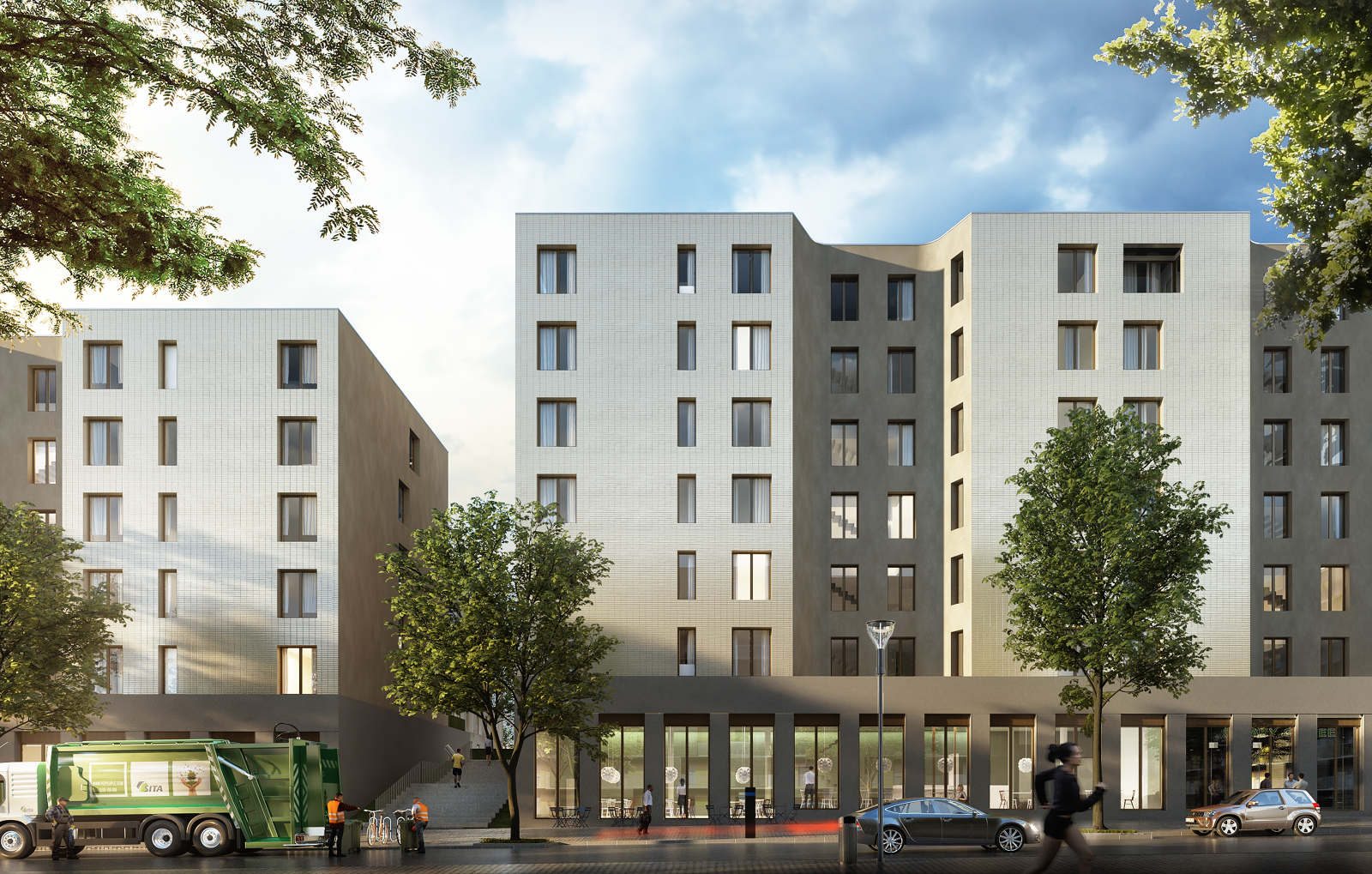Residence Žižkov
Project data:
Architects: gutgut | Partners: JRKVC, LABAK | Authors: Lukáš Kordík, Štefan Polakovič, Peter Jurkovič | Project team: Jana Čelková, Kristína Tomanová, Luboš Doboczi, Tomáš Vrtek | Location: Praha, Czech Republic | Status: Competition | Client: Private | Project date: 2019 | Credits: gutgut



